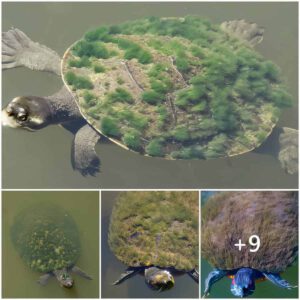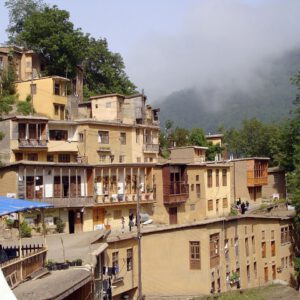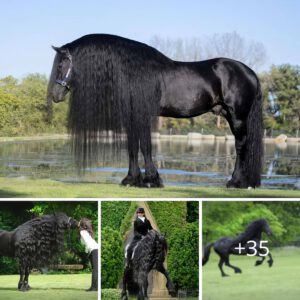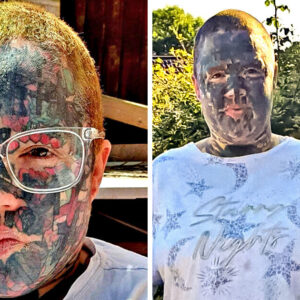The Masai Tribe donated 14 cows to the United States after 9/11.
A popular meme holding that Kenyan Masai tribe members donated 14 cows to the United States in the wake of the 11 September 2001 terrorist attack is frequently posted on social media:
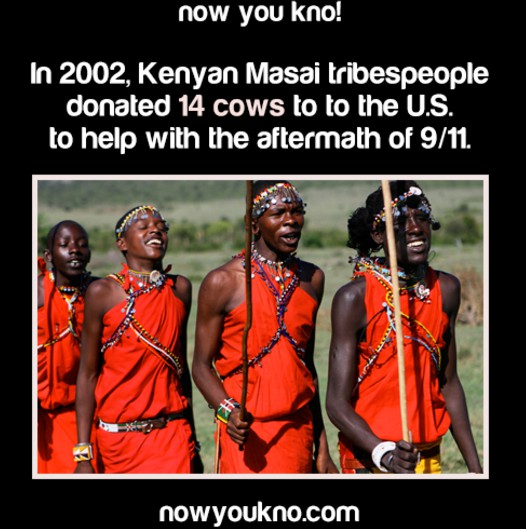
Although this meme is accurate, its brief text brings up a few questions: Did the Masai ship the cows to the United States? Were the cows meant to be a food source? Were they taken to the White House?
The story of the Masai and their 14 cows begins with Kimeli Naiyomah, a member of the tribe who left Kenya to study medicine in the United States. After the September 11th attacks, Naiyomah returned to Kenya, where he told the tribespeople, many of whom were unaware of the incident, about 9/11. The New York Times reported in 2002:
… [W]hen Kimeli Naiyomah returned recently to this tiny village from his studies in the United States, he found only the vaguest understanding among his fellow Masai of what had happened in that far-away place called New York on Sept. 11.
Some in this nomadic community of cattle raisers had missed the story entirely. ”I never knew about Sept. 9,” said William Oltetia, chief of the young warriors known here as morans, who was still confused as to the date. ”I just never heard about it.”
Most Masai had learned of the attacks from the radio soon after they occurred. But the horrible television images passed by many Masai, who got electricity in their village only shortly before the attacks. In the oral tradition they rely on, Mr. Naiyomah sat them down and told them stories that stunned them.
The Masai, saddened by the tragedy and relieved that Naiyomah had not been hurt, wanted to show solidarity with the United States. They decided to donate cows, an animal they hold sacred. On 1 June 2002, the Masai held a ceremony in the village of Enoosaen, where tribe elders presented U.S. Ambassador to Kenya William Brencick with 14 cows. The BBC reported at the time:
The cattle – regarded as sacred by the Masai – were handed over to William Brancick, deputy head of the US embassy in Kenya in a remote village near the border with Tanzania.
The ceremony was marked by tribespeople in traditional red robes and jewellery, some of whom carried banners saying “To the people of America, we give these cows to help you”.
Brencick called the gift the “highest expression of regard and sympathy.”
”The cow is almost the center of life for us,” Naiyomah explained. ”It’s sacred. It’s more than property. You give it a name. You talk to it. You perform rituals with it. I don’t know if you have any sacred food in America, something that has a supernatural feel as you eat it. That’s the cow for us.”
However, logistical constraints prevented the animals from actually being transported to the U.S. It wasn’t until 2006 that American diplomats finally decided to use the cows to start an education fund:
American diplomats flirted with the idea of shipping the animals to the Central Park Zoo. That proved too complicated. Then someone suggested selling them and using the proceeds to buy Masai jewelry for New Yorkers. But that seemed a little heartless.
The indecision went on and on, and by Year 3, some of the Masai were feeling spurned. The cattle were growing fat — and going nowhere. In Masai culture, it is disrespectful to dillydally over such a gift.
[…]
On Sunday, American diplomats returned to this town in the carpeted hills of southern Kenya and announced, much to the delight of the hundreds of Masai gathered in their best beaded finery, that the cattle were not going anywhere, especially not to the slaughterhouse.
Instead, they will be blessed, and their offspring will be used to pay for education for the children of Enoosaen. To get the cow trust fund going, the Americans are donating 14 high school scholarships.
“What you did to help us will not be forgotten,” said the new American ambassador to Kenya, Michael E. Ranneberger.
The Masai elders, some sitting in monkey skin jackets, beamed.
“We did what we knew best,” said an elder, Mzee ole Yiamboi. “The handkerchief we give to people to wipe their tears with is a cow.”
The cows were each branded with a symbol resembling the twin towers on their ears. According to the book 14 Cows for America, the “American cows” multiplied and numbered 35 at the time of its publication in 2009.
Here’s a video report about the Masai Tribe’s gift after 9/11:
https://www.youtube.com/watch?v=pS2hIyv0dGI

